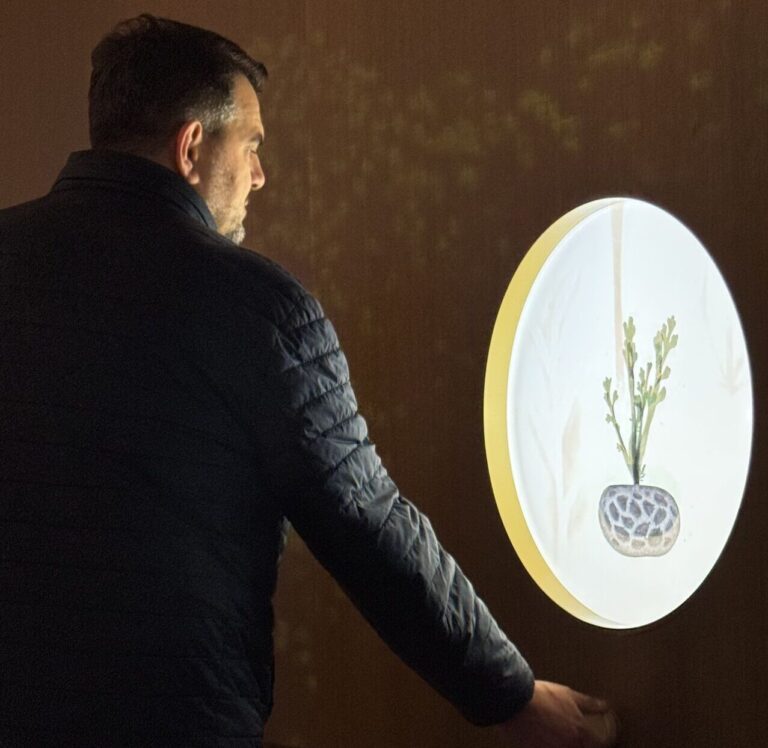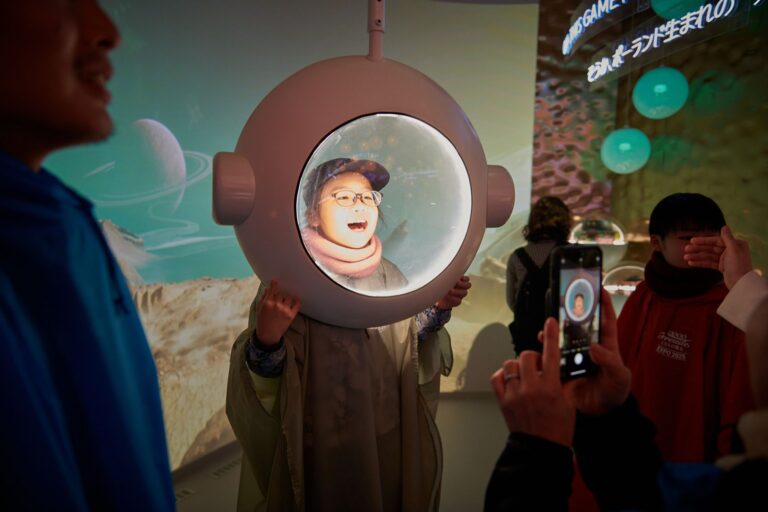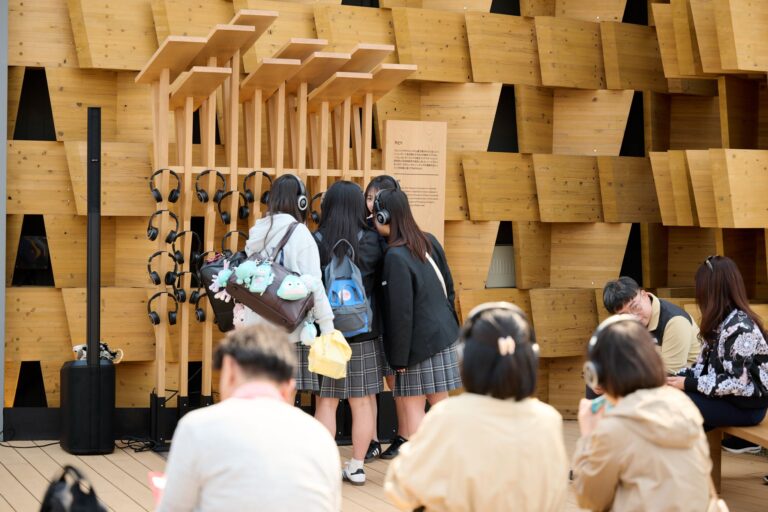Project Overview
Supported the architectural and interactive design for Poland’s national pavilion at Expo 2025 Osaka, themed “Heritage That Drives the Future.” Contributed to spatial planning, AV system specifications, and technology integration to ensure seamless storytelling through immersive and interactive visitor experiences.
- October 2023 – December 2024
- Osaka, Japan
Project Gallery







Project Description
The Polish Pavilion at Expo 2025 Osaka is a multi-zone immersive exhibition combining tradition, innovation, and community. The design journey bridges Poland’s botanical, scientific, and cultural legacy with futuristic interactive storytelling.
As a technical collaborator, I contributed to:
- AV systems planning and spatial integration for immersive installations.
- Design verification for interactive zones including Spirit Plant, Plant Morphology, and The Most Polish Landscape.
- Preselection and compatibility checks of media technologies, including GAN-based AI installations and VR.
- Specification of electrical and network requirements for the entire visitor path.
Working alongside a multinational team, I ensured technical feasibility while honoring cultural context and universal design requirements for Japan-based implementation.
Key Features
Visitors create a unique digital plant using an intuitive interface, projected onto transparent screens and linked to a personalized exploration path.
A generative AI installation transforms Polish landscapes in real-time based on visitor movement and color dynamics.
A calming, brine-based kinetic sculpture integrates light, sound, vibration, and scent to engage all senses.
Touchscreen-led storytelling of Polish innovations across agri-tech, biotech, fintech, and gaming, guided by preferences set in earlier exhibit zones.
My Contributions
AV & Technical Specifications
Coordinated techs to define multimedia, electrical, and integration requirements for all key installations.
Design Feasibility Reviews
Advised on coordinations and implementation possibilities across planned interactions and spatial designs.
Tech-Design Collaboration
Coordinated with designers, architects, and Japanese vendors to ensure spec alignment and system compatibility.
Documentation Support
Provided inputs for architectural drawings and investor cost estimates related to AV and lighting.
Results
- Successfully aligned Polish narrative with futuristic exhibition technologies.
- Supported a multi-phase documentation process ensuring compliance with Japanese design standards.
- Helped translate creative concepts into technical and spatially feasible outcomes.
